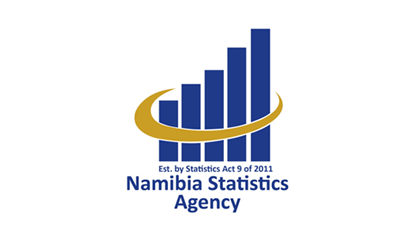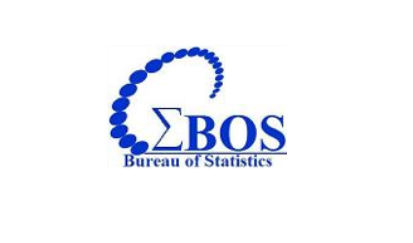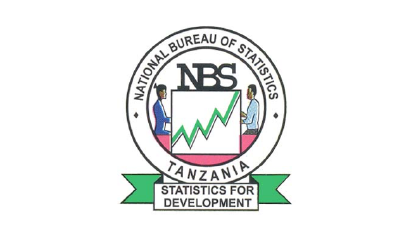Tobacco use is a major preventable cause of premature death and disease worldwide, with approximately 1.4 billion people age 15 years or older using tobacco[1]. Furthermore, more than 8 million people die each year due to tobacco-related illnesses[2]. If current trends continue, tobacco use may kill a billion people by the end of this century, and it is estimated that more than three quarters of these deaths will be in low- and middle-income countries[3]. An efficient and systematic surveillance mechanism is essential to monitor and manage the epidemic.
The Global Adult Tobacco Survey (GATS), a component of Global Tobacco Surveillance System (GTSS), is a global standard for systematically monitoring adult tobacco use and tracking key tobacco control indicators. GATS is a nationally representative household survey of adults 15 years of age or older using a standard core questionnaire, sample design, and data collection and management procedures that were reviewed and approved by international experts. GATS is intended to enhance the capacity of countries to design, implement and evaluate tobacco control interventions.
In order to maximize the efficiency of the data collected from GATS, a series of manuals has been created. These manuals are designed to provide countries with standard requirements as well as several recommendations on the design and implementation of the survey in every step of the GATS process. They are also designed to offer guidance on how a particular country might adjust features of the GATS protocol in order to maximize the utility of the data within the country. In order to maintain consistency and comparability across countries, following the standard protocol is strongly encouraged.
Overview of the Global Adult Tobacco Survey
GATS is designed to produce national and sub-national estimates among adults across countries. The target population includes all non-institutionalized men and women 15 years of age or older who consider the country to be their usual place of residence. All members of the target population will be sampled from the household that is their usual place of residence.
GATS uses a geographically clustered multistage sampling methodology to identify the specific households that will be visited by Field Interviewers across the country. First, a country is divided into Primary Sampling Units, or segments (where the PSU is located in an informal settlement), and dwelling units within the PSUs. Then, a random sample of households is selected to participate in GATS.
GATS South Africa
The implementation of GATS will be South Africa’s first attempt to collect detailed data about tobacco use in the population.
GATS will be undertaken in South Africa to collect data on the prevalence of tobacco use and other key tobacco control indicators, including exposure to secondhand smoke, quit attempts, knowledge, attitude and perception towards tobacco use, exposure to tobacco messaging and advertising, as well as economics of tobacco use.
The GATS interview consists of two parts: the Household Questionnaire and the Individual Questionnaire.
The Household Questionnaire (household screening) and the Individual Questionnaire (individual interview) will be conducted using an electronic data collection device.
At each address in the sample, Field Interviewers will administer the Household Questionnaire to one adult who resides in the household.
The purposes of the Household Questionnaire are to determine if the selected household meets GATS eligibility requirements and to make a list, or roster, of all eligible members of the household. Once a
[1] World Health Organization. WHO report on the global tobacco epidemic, 2019: Offer help to quit tobacco use. Geneva, Switzerland: World Health Organization; 2019. https://apps.who.int/iris/bitstream/handle/10665/326043/9789241516204-eng.pdf?ua=1
[2] GBD 2017 Risk Factor Collaborators. Global, regional, and national comparative risk assessment of 84 behavioural, environmental and occupational, and metabolic risks or clusters of risks for 195 countries and territories, 1990-2017: a systematic analysis for the Global Burden of Disease Study 2017. Seattle, WA: Institute for Health Metrics and Evaluation; 2018.
[3] Mathers, C.D., and Loncar, D. Projections of Global Mortality and Burden of Disease from 2002 to 2030. PLoS Medicine, 2006, 3(11):e442.










